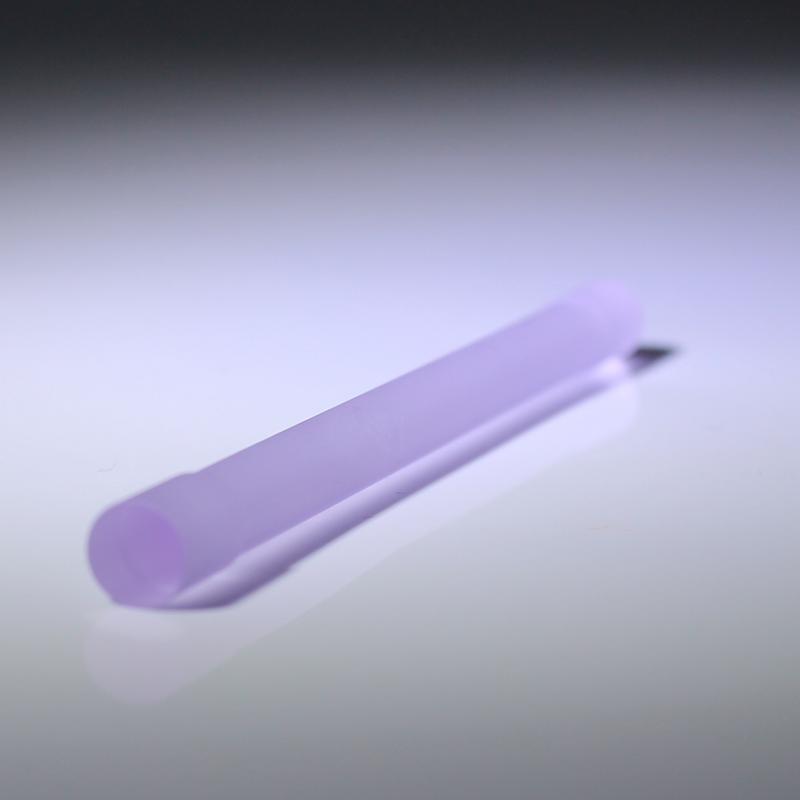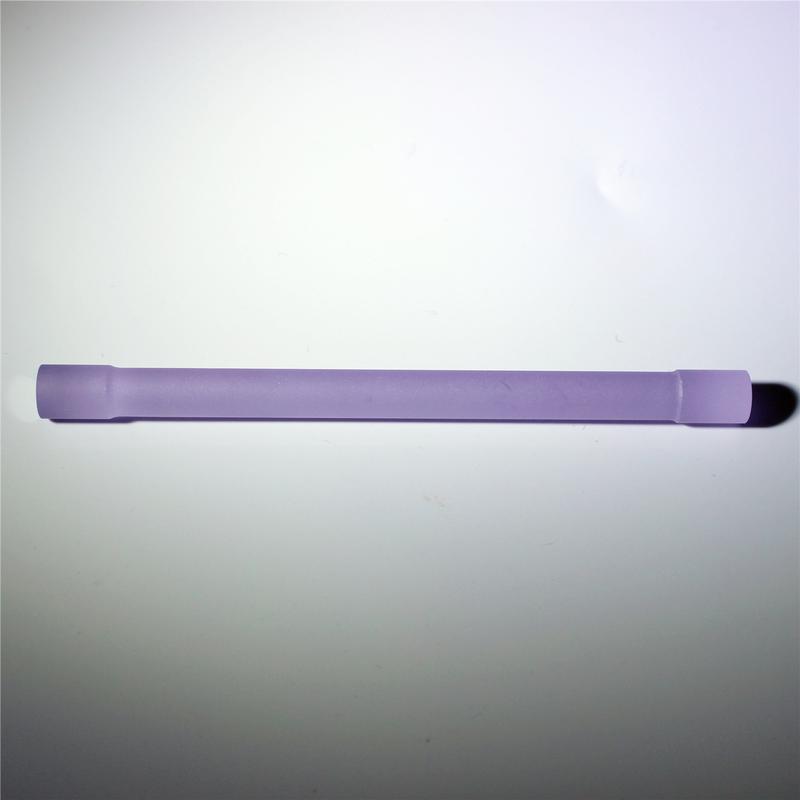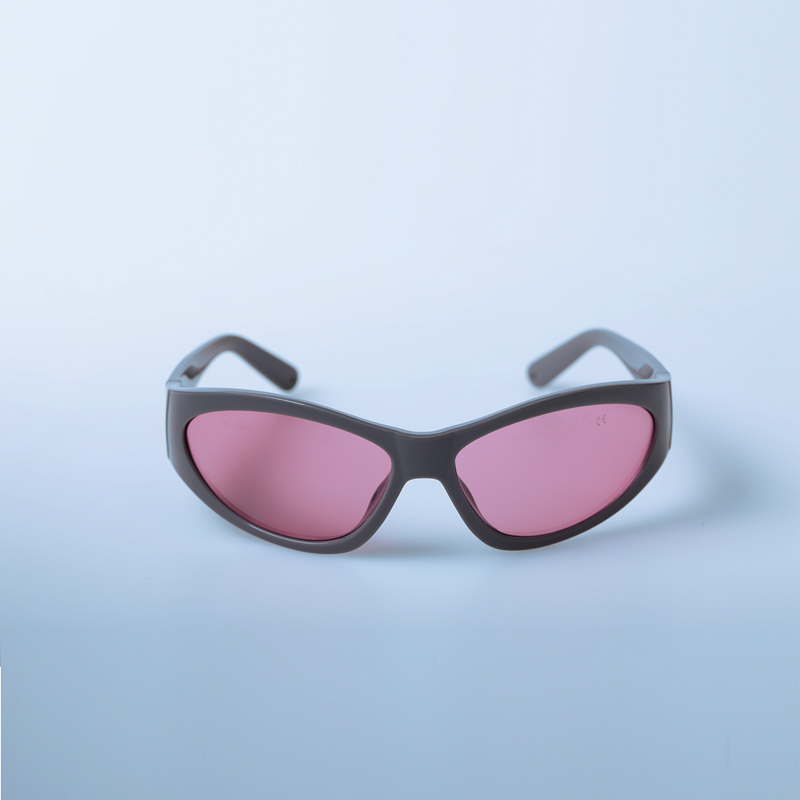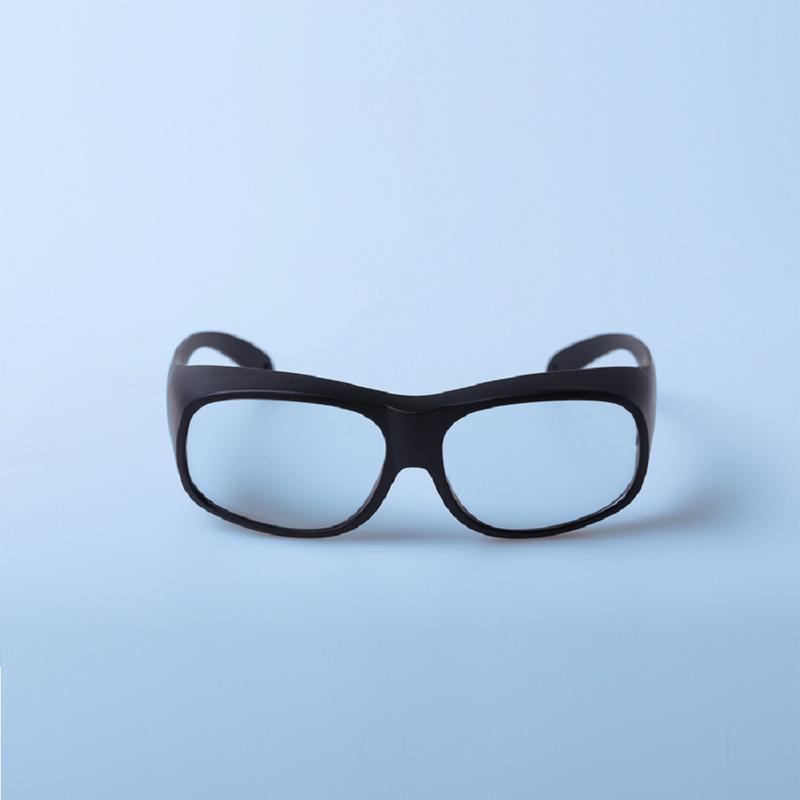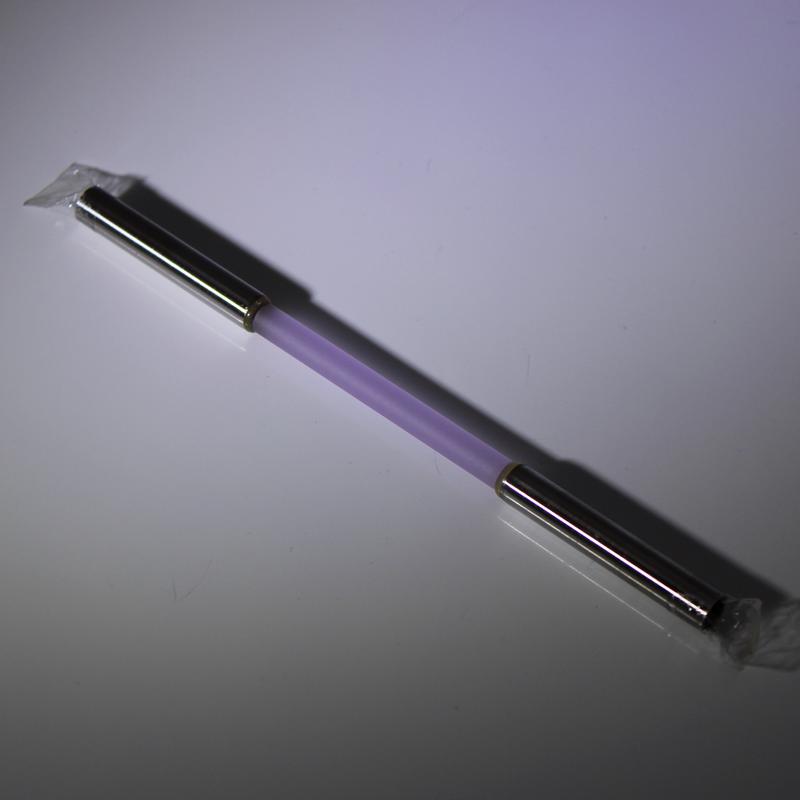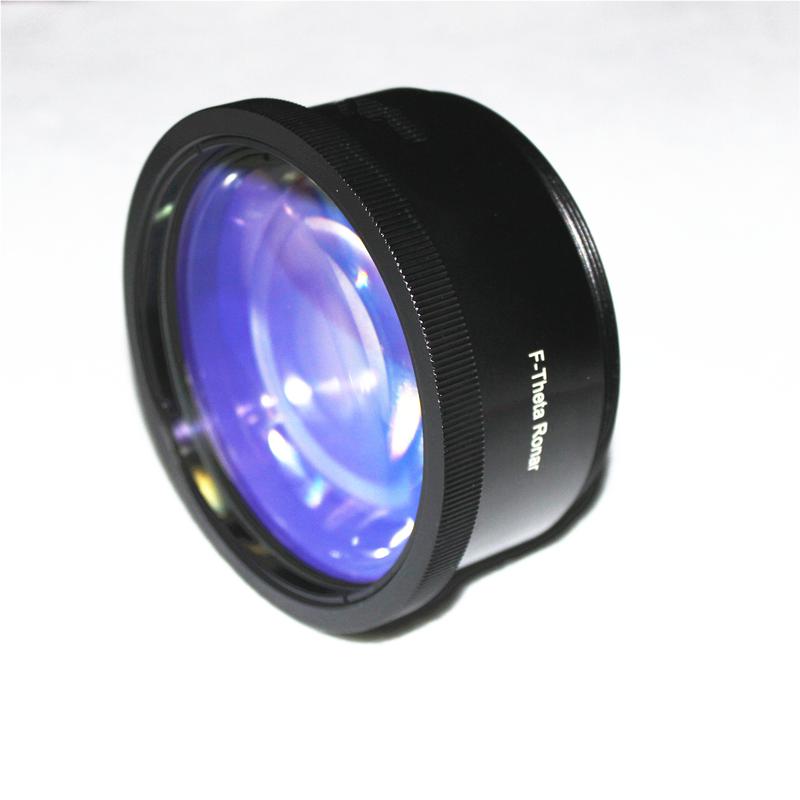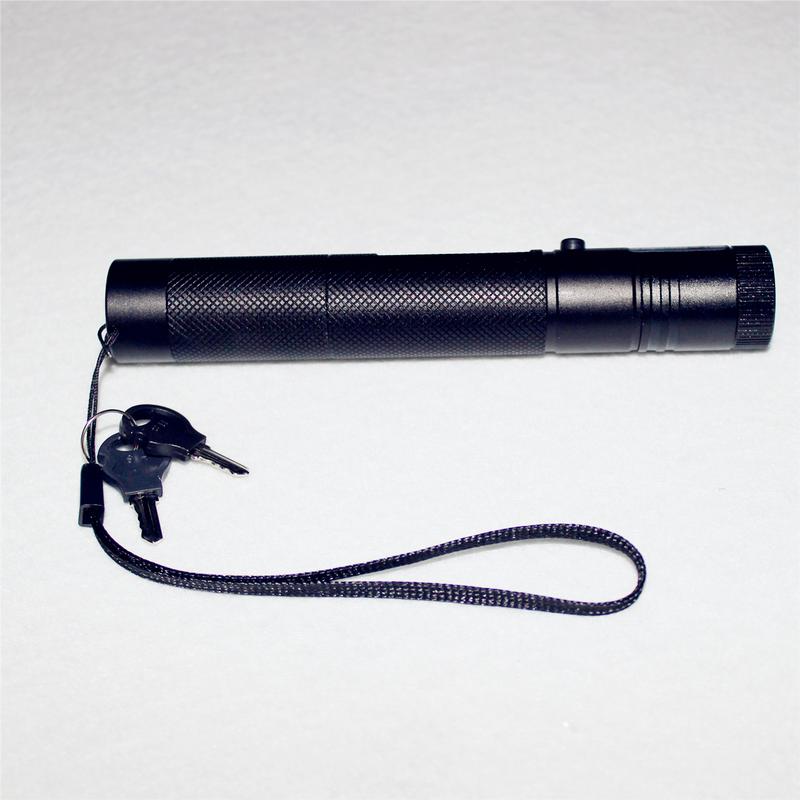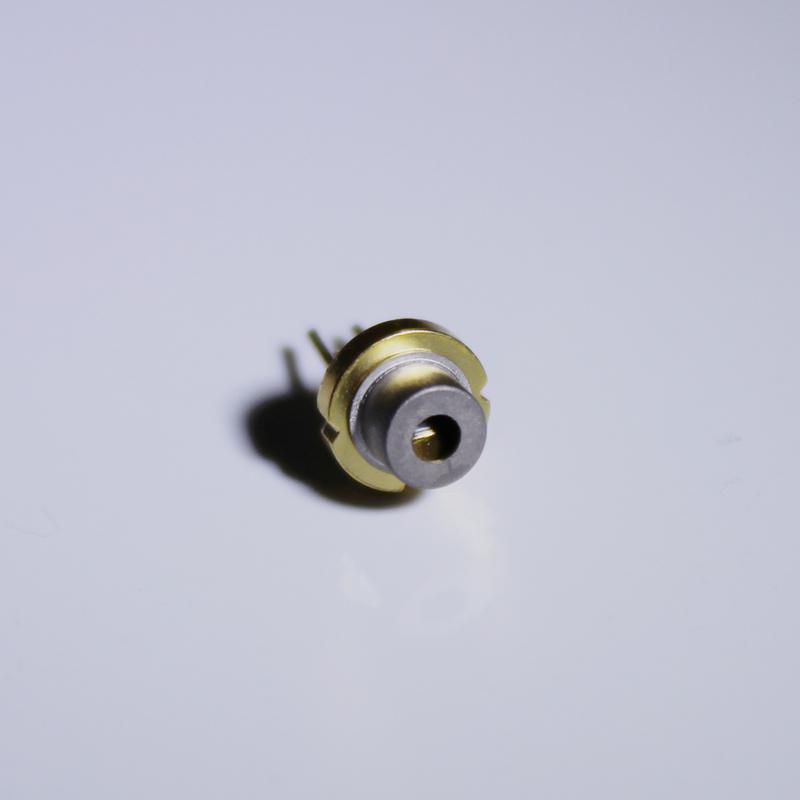Laser Diodes: Design Considerations of Laser Diode
The design and prototyping process of diode lasers is often quite involved, which is going to require extended and shut interactions with the laser diode's manufacturer when establishing basic design needs.
Issues to debate include performance levels, product lifetime, special environmental testing, delivery schedules, drawings, spec sheets, source and quality inspections, and budgets. These requirements are preliminary and may change according to factory who manufacture laser diode (same like us) to balance the entire package of specifications to suit the appliance. This balance, necessary for an economical and reliable product, happens as long as your supplier of high power laser diodes can describe the potential trade-offs.
Including the following:
1. Avoid open packages.
Open packages are space-efficient and simply accessible, but they leave the delicate laser exposed to contamination and mechanical damage. Most producers of diode laser won't guarantee open packages because the likelihood of injury is so great. Sealed packages protect the device from mechanical damage and supply a particle-free and dry atmosphere for the laser.
2. Consider active temperature control.
A rise of 10°C may reduce a laser’s lifetime by 50 percent. Many sudden and longer-term failures are traced to inadequate laser cooling. Passive cooling is often appropriate for a few big applications, but even then an engineer should determine the temperature under worst-case conditions and plan appropriately.
3. Always use laser drivers with acceptable protection.
The foremost common explanation for failure in laser diodes is current transients. search for well-qualified commercial laser drivers. Testing and constructing a custom driver requires expertise and specialized equipment to make sure that the driving force adequately protects the laser under all conditions. Electrostatic discharge usually caused by poor handling techniques also plays an outsized role in laser diode failure. Anyone working with laser diodes must be thoroughly conversant in techniques for preventing this problem.
4. Operate the device at the rated or lower output.
Standard-brightness laser diodes emit about 1W per 100 µm of stripe length, high-brightness devices may emit twice the maximum amount or more for an equivalent stripe length. However, increasing brightness increases cost and should affect lifetime. Many OEMs like our factory who use devices in critical applications operate them below the rated power. In lower duty cycle applications, it's going to be possible to exceed the rated power, but one should assess the reliability consequences beforehand.
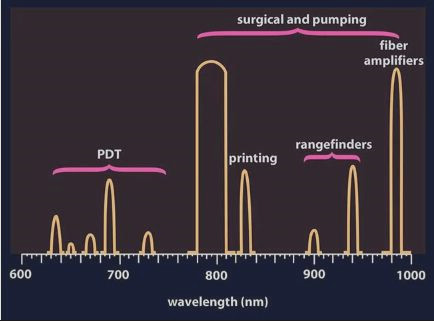
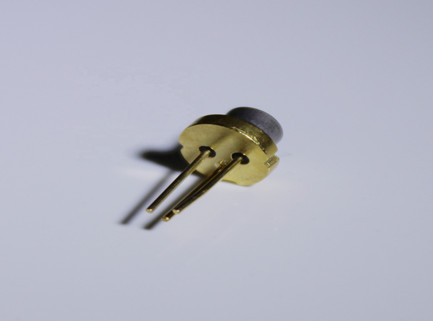
5. Use standard wavelengths and loosen tolerances where possible.
Most manufacturers of laser diodes, as same as VY Optoelectronics Co.,Ltd. who produce devices that cover a definitive wavelength range. Within this range, some wavelengths are going to be more commonly available than others and are more likely to be available. For instance, VY's lasers might cover the range from 635nm to 980 nm, with standard device wavelengths at 635nm, 650nm, 670nm, 785nm, 808nm, 830nm, 910nm, and 980nm. If an application demands a special wavelength, it's going to require growing a customized wafer, which may add costs of $10,000 to $30,000.
6. Use standard packages.
The industry has developed a variety of ordinary packages, including C-mount, TO-3, and HHL, and our workshop who is mainly produce laser diode has test and burn-in fixtures designed for them. Using standard packages reduces cost and delivery times because we don't get to expire extra expenses of custom fixturing. Moreover, customized packages typically require three to four-month lead times and should also require an investment in custom tooling. In large quantities, however, custom packages aren't necessarily far more expensive than the quality ones. Finding a packaging supplier willing to try to do custom work is another issue.
7. Don’t specify characteristics that are hard to regulate.
Some characteristics, like tight wavelength tolerance uniformity, are difficult to regulate during wafer growth. The 808 nm diodes won't to pump solid-state lasers typically have ±2nm or 3 nm center wavelength tolerances, a tighter tolerance will increase the value substantially. The plant who works from wafers with some nonuniformity. Entire units must be assembled and burned in before being screened to satisfy the wavelength specification. During this case, our factory bases prices on costs concerning estimated yields. Remember, tight specifications translate to higher product costs. it's less expensive to supply wavelength tuning by temperature than to need a selected wavelength.
8. Consider active alignment for tight positional tolerances
Generally, passive alignment is desirable. But specifying positional tolerances of but 100 µm leads to two problems: alignment requires special fixturing, and therefore the device usually requires a custom package (standard packages may have machining tolerances of up to ±125 µm). In many cases, active alignment is often more practical for systems with tight positional tolerances. Once more, tighter specifications mean higher product costs.
9. Don’t overspecify spatial output.
Specifying the spatial output as power into a number of some full-width half-maximum is way less expensive than specifying a shape. Don’t specify profiles or near-field patterns unless absolutely necessary. Many spatial characteristics are difficult for our plant to regulate. This creates additional costs through the screening process and yield losses.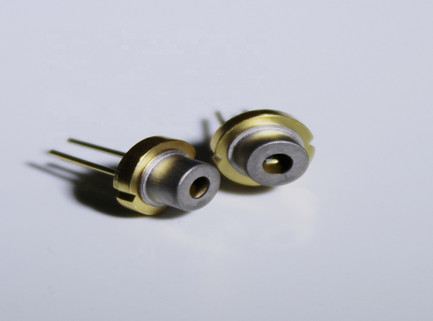
10. Specify only requirements that are important to the appliance.
Unnecessary specifications always raise the ultimate cost of the merchandise because our factory must test each quantitative specification for compliance.
People also ask:
1. What are laser diodes used for?
Laser diodes are the most common type of lasers produced, with a wide range of uses that include fiber optic communications, barcode readers, laser pointers, CD/DVD/Blu-ray disc reading/recording, laser printing, laser scanning and light beam illumination.
2. How does a laser diode work?
A laser diode is an optoelectronic device, which converts electrical energy into light energy to produce high-intensity coherent light. In a laser diode, the p-n junction of the semiconductor diode acts as the laser medium or active medium.
3. What is a laser diode and how does it work?
A Laser Diode is a semiconductor device similar to a light-emitting diode (LED). It uses p-n junction to emit coherent light in which all the waves are at the same frequency and phase. And since a p-n junction is used to produce laser light, this device is named as a laser diode.
4. Is diode laser painful?
Some Diode Lasers are painful, some are messy, and most of them are time consuming and are associated with high cost but zero longevity. The most advanced hair reduction solution is just around the corner---SkinStation's PAINLESS Diode Laser Hair Removal.
5. Is diode laser better than IPL?
The treatment methods outlined above mean that, typically, IPL technology will require more regular and long-term treatments for hair reduction, while diode lasers may work more effectively with less discomfort (with integrated cooling) and will treat more skin and hair types than the IPL which is best suited to light.

